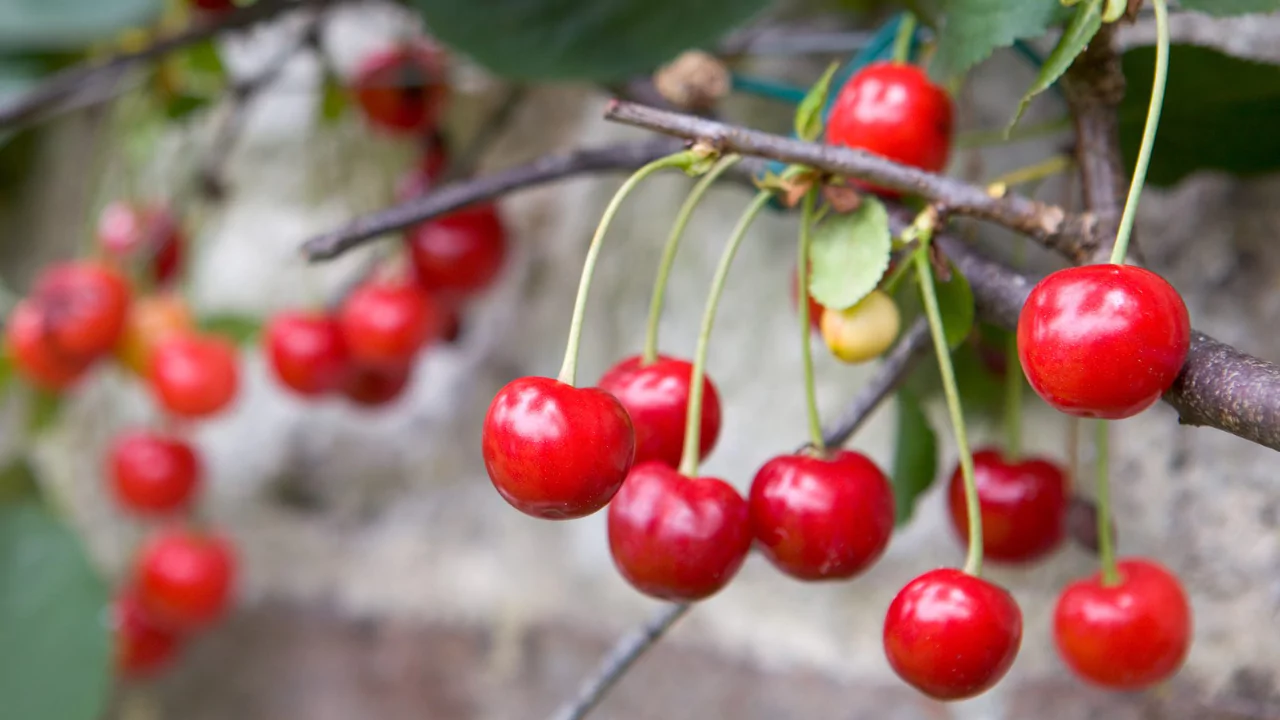
If you have ever wondered whether a cherry counts as a fruit or as a berry, you are definitely not alone.
History of the Cherry
Before we tackle that question, lets glance back over the cherries long journey. Archaeologists believe wild cherries first grew near the Black Sea, and humans began gathering the fruit roughly 7000 years ago. By the time the Greeks and Romans began planting orchards, cherries had already edged into Europe and, later, into China.
English colonists carried cherry pits with them to North America in the 1600s, and the trees took root along the eastern coast. According to Washington State University, modern growers now harvest more than 650 million pounds of cherries across the United States every summer.
Consumers tend to reach for sweet cherries when they snack fresh, but bakers swear by the tart punch of sour cherries folded into pies. Most of the countrys sour cherries grow in Michigans bright orchards, whereas Oregon and Washington dominate the sweet-cherry market.
Clues
So does a cherry fit the berry profile? It is small, tender, red, and roughly the same size as that friendly produce stand staple, the strawberry. No surprise the two often sit side by side on grocery shelves, both promising a quick burst of summer flavor.
Grapes and cherry tomatoes share those same labels-small, round, and delicious-so why not lump them into the berry family, too? That question leads us back to the technical definition scientists have quietly applied behind the scenes.
Cherries carry just a single seed, much like peaches and plums, so they fit the general picture of a fruit. These small red or black globes appear on trees in late spring, after delicate pink or white flowers fade.
Ask a Botanist
Inside the plant world, the term berry describes a special kind of fruit, one classed as part of the larger group called simple fleshy fruits. A fruit earns the berry name when its outer wall, middle flesh, and inner layer all stay juicy around one or many seeds.
Since nothing in the middle forms a hard core, almost every bite stays edible. Cherries seem to fit because the outer tissue is tender, yet the hard pit at their center breaks that rule.
Because of the pit, cherries belong to another section of simple fleshy fruits named drupes. Drupes are defined by a single seed enclosed in a tough stone surrounded by fleshy flesh, and the group also holds peaches, nectarines, apricots and other familiar fruits.
So, to sum it up: cherries certainly count as fruit, and berries also qualify as fruit, yet cherries do not appear in the berry class; they are drupes instead.
What exactly counts as a berry? Cranberries and blueberries fit the bill, but botanists would also call grapes, tomatoes, papayas, guavas, bananas and even avocados true berries.
Watermelons and cantaloupes belong to a special group called pepos, which means they are hardy-skinned berries. On the other hand, fruits most people label berries-raspberries and blackberries-are really aggregate fruits made from lots of tiny drupes packed together.
Cherry Love
Whether we call them fruits, drupes or berries, cherries have won hearts for centuries. People once turned them into wine, preserves or pie, while the tree’s sticky resin served as a cough remedy and a cure for kidney stones and gout.
Children chewed that resin like modern gum. A word of caution, though: the hard pits hide small amounts of cyanide and can be poisonous.
Cherries owe their bright red hue to anthocyanins, antioxidants researchers tie to lower inflammation, lower cholesterol and relief from arthritis and gout, according to the Cherry Marketing Association.
Peak cherry season runs from early to mid-summer, yet most groceries stock them throughout the year. Sweet, juicy cherries make a welcome treat at any time.